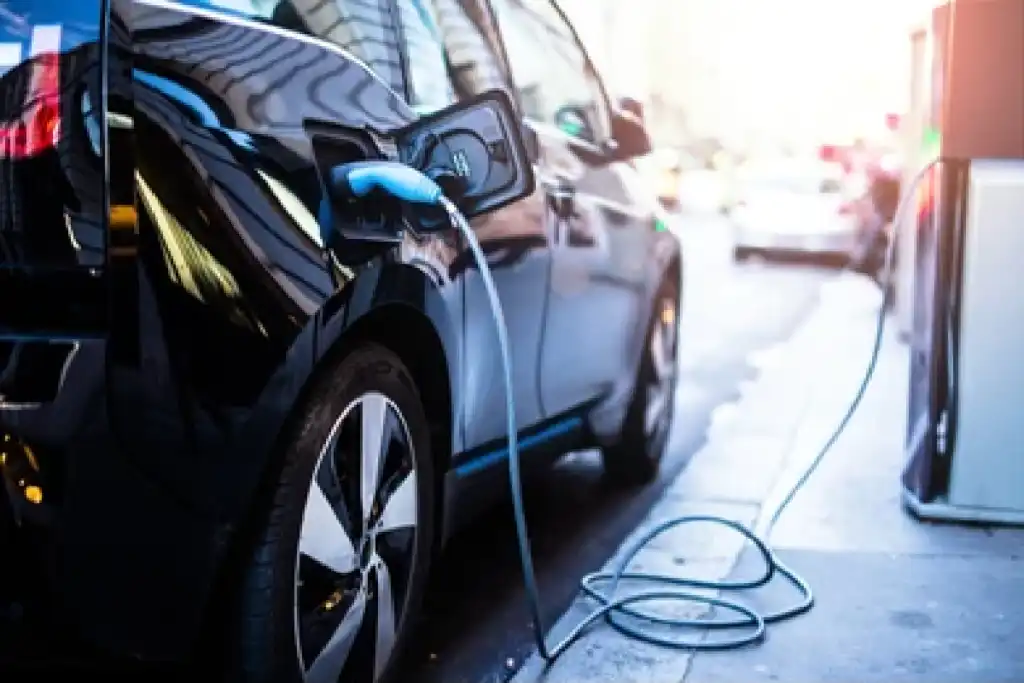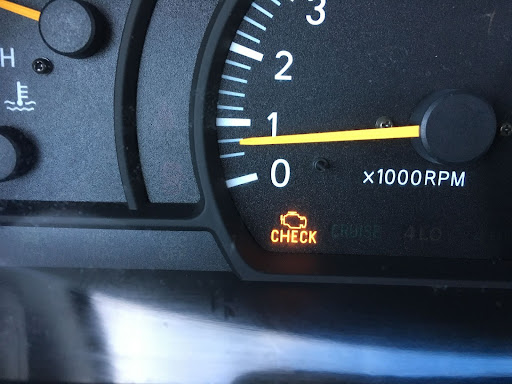Do Electric Cars Use Oil & Need Car Maintenance?
There are quite a few different car types in today’s world. One of the leading new styles — electric cars — is getting increasingly popular as the months and years progress. Many electric vehicle (EV) companies are rising to the top at fast rates. While many of these vehicles often look similar to the classic gas-powered options we have seen for decades, EVs are quite different under the hood. The components that run an electric car make ongoing maintenance quite the opposite of their gas-powered cousins.
If you are considering purchasing one, you may have questions about electric car maintenance and how it is different. Here are a few answers to questions you might be asking yourself when looking at new cars and considering purchasing an electric vehicle.
Do Electric Cars Use Oil?
There is an exceedingly simple answer to this question; No, they don’t use oil and therefore require no oil change. The explanation for why this is the case revolves around electric vehicles using a battery-powered EV engine with an electric motor. They have no pistons or valves that require lubricants like other modern vehicles. Whereas gas-powered cars use an internal combustion engine, the oil deteriorates over time as the combustion fumes mix with it. This requires regular replacement so that there is no damage to the engine.
However, another type of vehicle that is similar to an electric car is a hybrid. Hybrids do require regular oil change services. They feature an internal combustion engine, an electric battery, and an electric motor. However, the internal combustion engine needs frequent oil changes so they do not overheat. Hybrid vehicles also run on fuel, meaning their maintenance differs greatly from electric car maintenance.
What Does Electric Car Maintenance Consist Of?
Even though an electric car does not require oil change services, there are many other options and replacements that will routinely need to be part of your maintenance routine. Here are some of the requirements that you will need to remember when you bring your EV into the shop:
- Battery coolant — Battery coolant helps keep everything under the hood from overheating. This substance must be administered to your car regularly. Otherwise, you put your vehicle and yourself at risk of the battery overheating and possibly causing serious damage. Battery replacement may also be necessary over time, so you must keep a close eye on it. It can be extremely expensive to replace a battery in an electric car, typically costing between $1,000 to $6,000.
- Brake pads/fluid — Ensuring your brake pads and fluid are in good condition remains necessary elements in electric car maintenance. Always ensuring that your brake pads are in good working order and your car’s brake fluid levels are high enough is essential for a properly functioning brake system. You should get your brake fluid refilled at around the 25,000 miles mark.
- Windshield wiper fluid — Ensure your electric car has good windshield blades and fluid as needed. You don’t want to get caught in any mess or rainstorm, so ensure your vehicle is prepared.
Is an Electric Car the Better Choice?
An electric vehicle offers drivers a slew of benefits — including helping the environment. Here are a few advantages that may help you decide that an electric car is best for you.
- Lower maintenance — they are significantly easier to take care of than a gasoline-powered vehicle since they require maintenance but much less than a normal car.
- They are the ideal energy-efficient vehicle choice.
- They have zero exhaust emissions, reducing the amount of gasoline and other toxic fumes harmful to the environment that gets released by traditional gas-powered vehicles.
Get the Best Auto Care You Can!
An electric vehicle is a great choice and has many benefits for forward-thinking drivers. However, you should always ensure that no matter what type of car you purchase, you are always performing routine safety checks to help ensure your driving safety. Don’t worry about completing this exhaustive checklist yourself! Bring your vehicle to us at LubeMaster, and we can help inspect and repair your vehicle needs so you can be back on the road asap!







